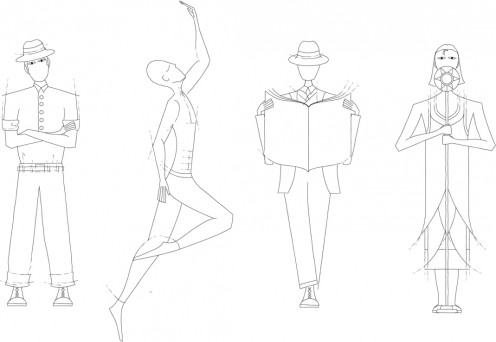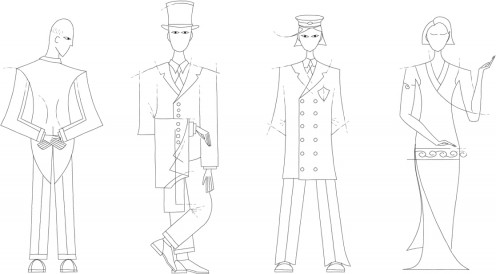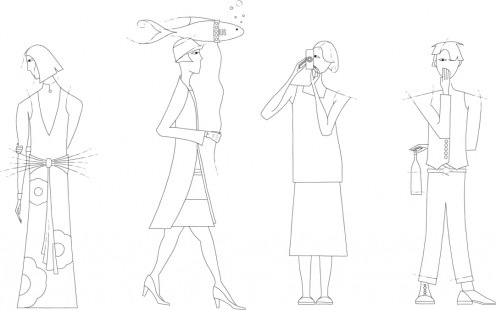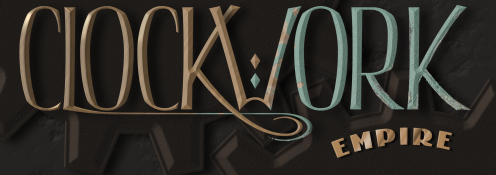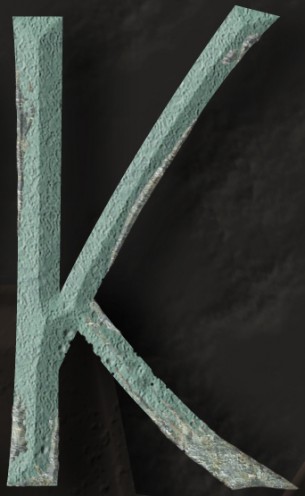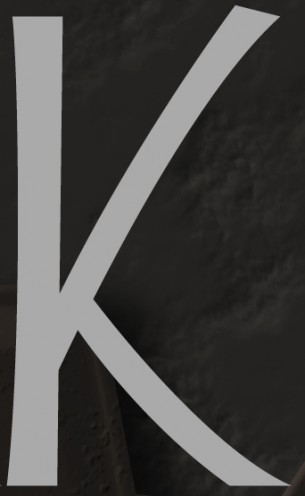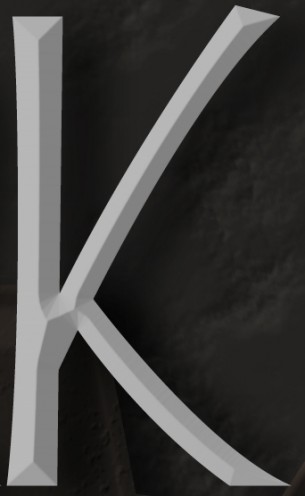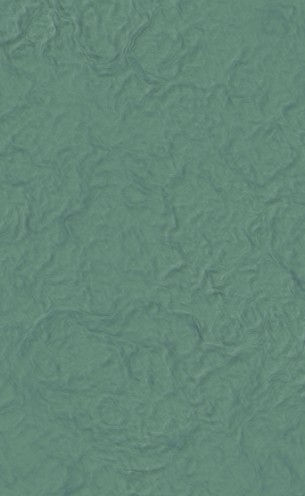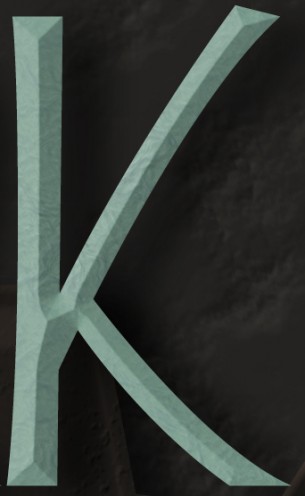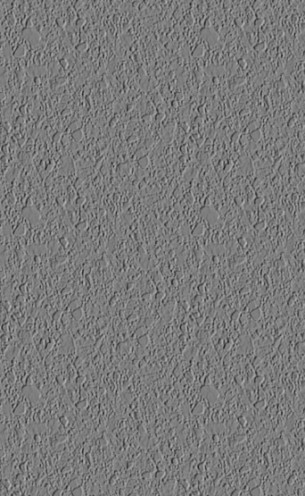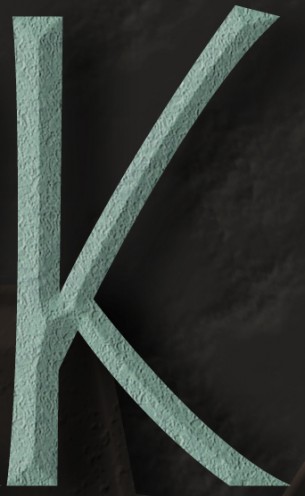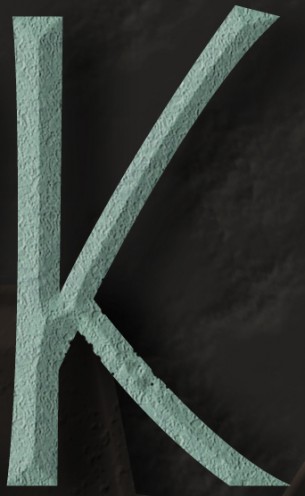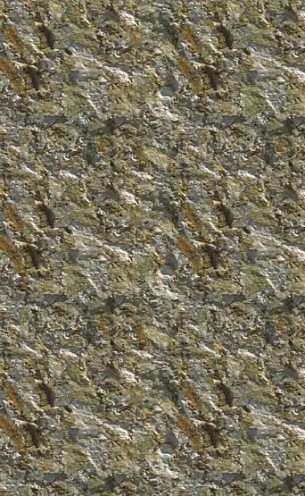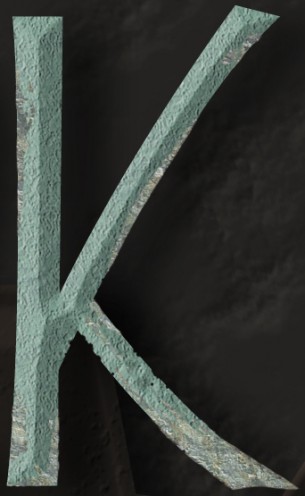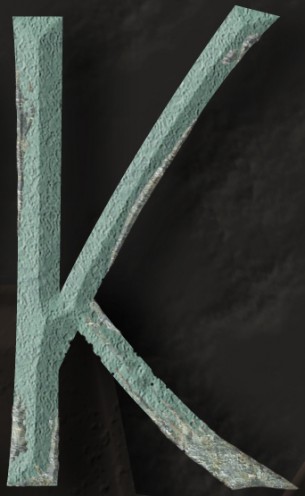There are days I find nothing more soul-crushing than cooking. It’s tedious. It’s overhead. A fulfilling life, I think to myself, is one with as little overhead as possible.
But I’ve been enjoying cooking more lately. I realized a few years ago that, when faced with tedious drudgery that’s never ever going to go away, the best thing yo can do for your own sanity is to devote more mental energy to it: to learn to do said tedious drudgery more efficiently, and with more panache that you can be proud of.
So I can manage my time more efficiently now, have more pots going at the same time, pick dishes that have a high work-to-tastiness ratio, and generally have a better time of it than I used to.
The latest part of this process has been trying to work with raw ingredients more. While it’s convenient to work with pre-packaged tortillas, pie crusts, pizza dough, dips or suaces, I suspect, in the end, it will be more convenient to keep a constant supply of flour, butter, cream, eggs and yeast around, most of which I’d have around anyway. In theory, there would be fewer staples to manage, more things I could do with said staples, and less stressing out about, say, having a pre-made pie crust in the freezer if I decide on a whim I want to make quiche.
It will get worse before it gets better though.
Tried my first from-scratch pie crust last night, and it was frustrating and time consuming and didn’t turn out that great. There will be a lot of waste here. I haven’t had to outright pitch too many meals or parts of meals, but it’s certainly happened, and that’s never fun.
Some days you break the hollandaise. Some days the hollandaise breaks you.
If I do this, I have to accept that what I’m doing is not simply incremental learning; it’s making things noticeably worse for myself, so I can eventually make things better. I think I just starting doing this, without really accepting that I should expect this to be fairly frustrating for a while.
But if I can get through this here hump, I think I’ll find cooking just a little more rewarding.
